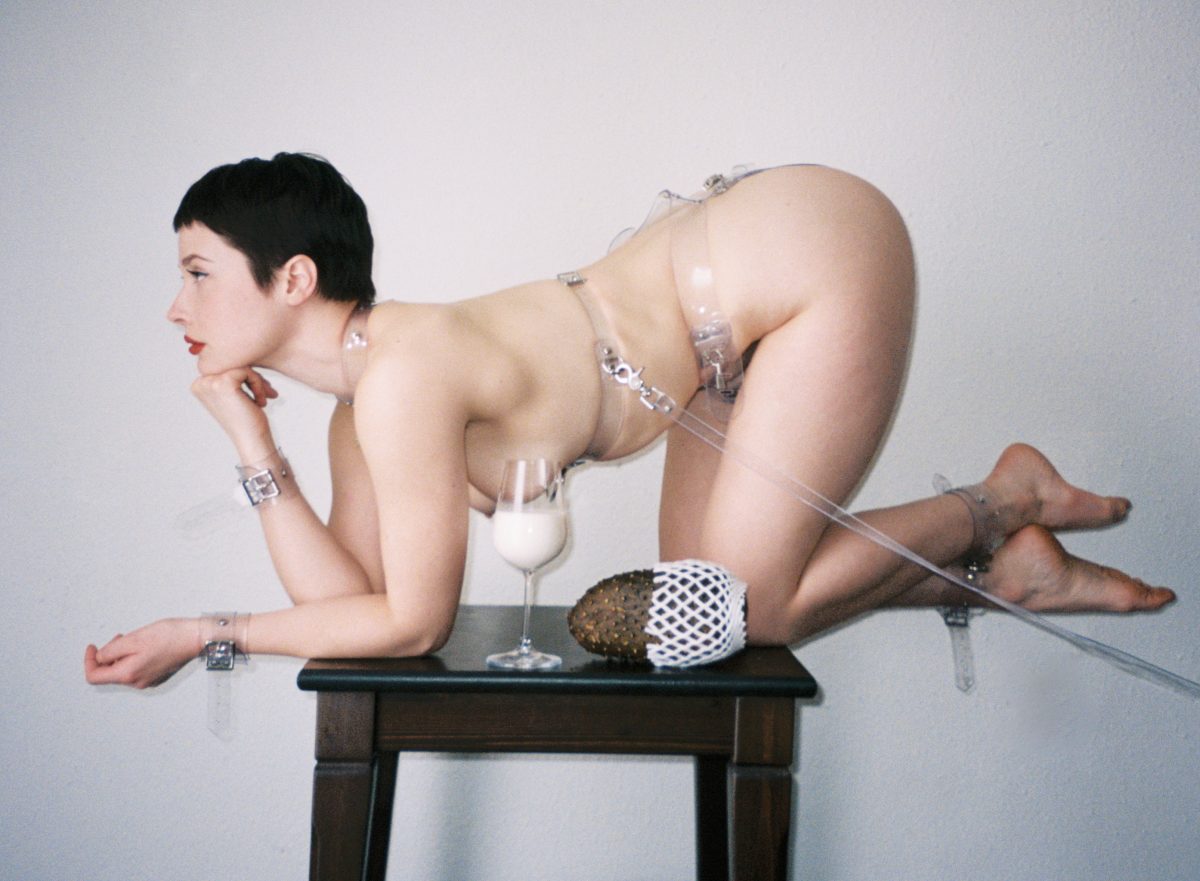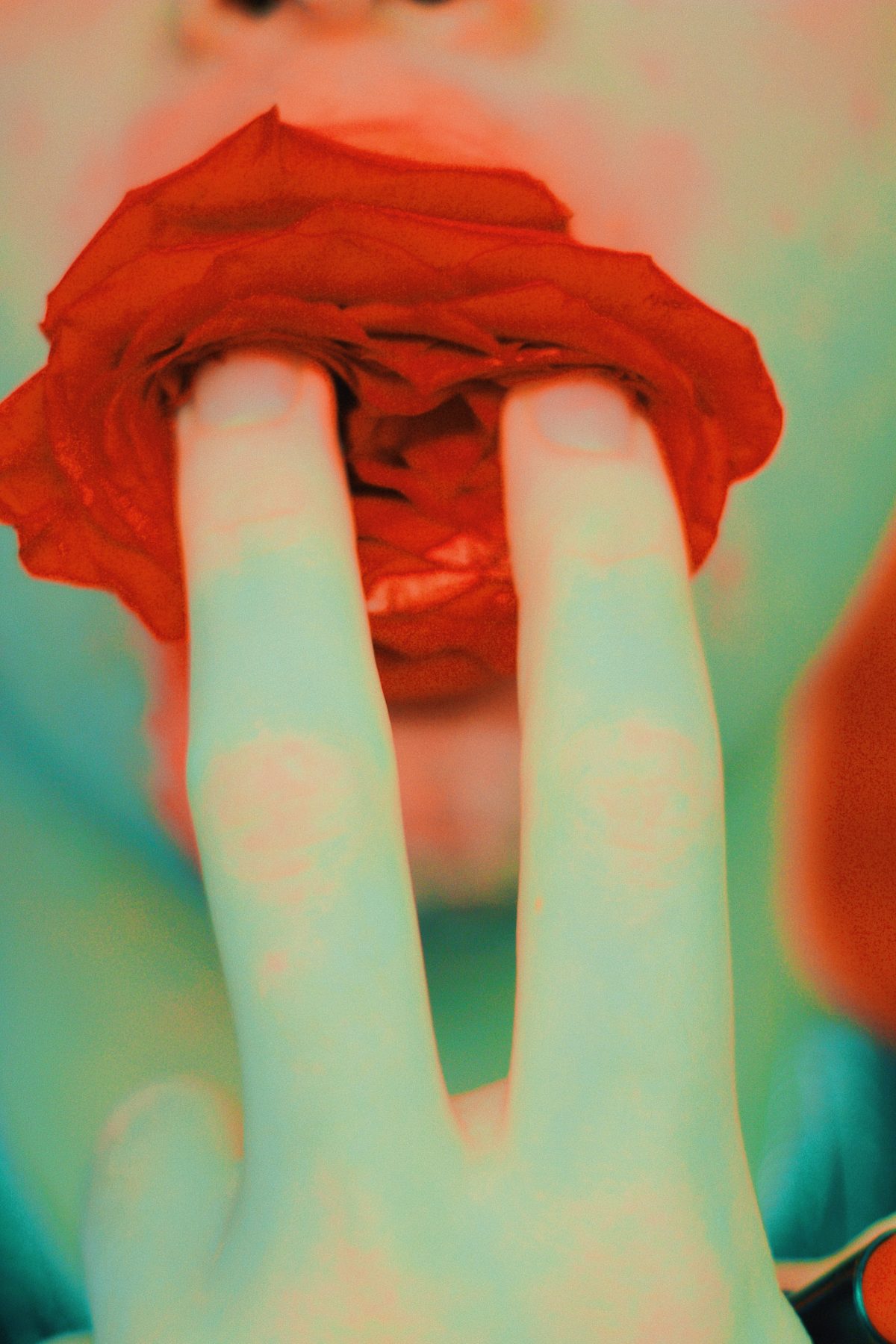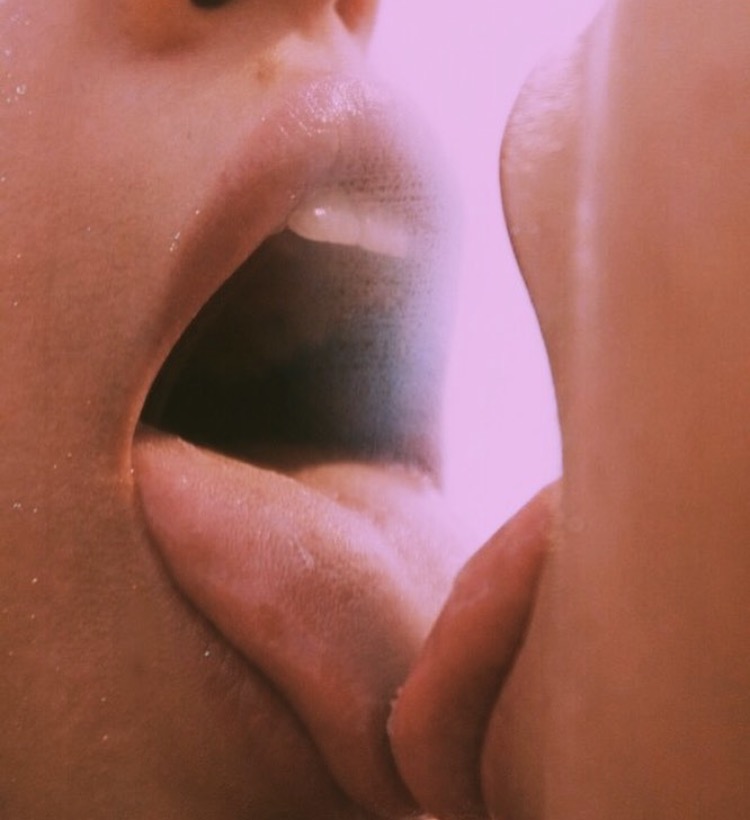When I was 16, I drove my friend to her appointment in a strip mall to get a Brazilian wax. The only body hair I’d ever waxed were my eyebrows, sometimes my mustache. Nonetheless, I went for moral support and because she only had a learners permit and couldn’t drive herself.
I sat in the entrance of the salon and she was shown back to a curtained room. I studied all of the creams, serums, and products I had never heard of or used before. What is a female douche?
Everything was pale pink or purple and sterile looking. But the lady at the reception table was nice and the place smelled good so I sat there and waited. Some 10 minutes later my friend limped out of the room and paid for her wax. Once in the comfort of my car she said It fucking hurts, but it’s so smooth. It’s worth it.
The tedious efforts of maintaining standards, styles, and fads of pubic hair is not only the modern woman/womxn/person with a bush’s dilemma — pubes have been styled, removed, flaunted and hidden many different ways throughout history. To look at the history of bush trends, we also have to highlight some events, inventions, people, and culture that shaped our hedges.
The history of female grooming began in ancient Egypt and Mesopotamia, where copper razors found dating back to ancient times. Commonly, women in Egypt removed pubes with pumice stones and women in Turkey used a method called sugaring: a natural removal using hot sugar and lemon juice. Other methods were far more painful and dangerous.
The ancient Greeks were obsessed with pure and immortal bodies which is why all of their nude depictions of Gods via sculptures were hairless. Men and women of the time were influenced by this and therefore removed their own, mortal body hair. Literal statues were setting beauty standards. The western world followed suit, art wise, depicting nude men and women without pubic hair.
In 1450s Europe, women would shave their pubes for hygienic reasons — pubic lice was popping off so they removed their hair, but still preferred not to be bald. This trend birthed the Merkin, a wig for your pubes. Sex workers were also known to wear these to cover up signs of STIs like syphilis.
The next revolution of female body hair removal came in 1915, when Gillette released the first women’s razor, though it was advertised for shaving leg and underarm hair. Women’s grooming through shaving was now in the public consciousness. Then World War II brought a nylon shortage in the US; women could no longer use pantyhose to conceal their leg hair — shaving was in.
Shortly there after in 1946, the bikini was invented. So women started shaving or tweezing their “bikini lines” to go to the beach.
As time progressed and trends in fashion changed, so did the hair on women’s bodies. The 1960’s brought the mini skirt; as hem lines hiked, women were expected to shave their upper thigh among other places.
Fastforward to the counter cultural free love and women’s movement of the late 60s and 70s — women embrace the notion that they could do whatever they wanted with their bodies, including sporting natural body hair. In fact, doing so became sexy. Sex symbols had full bushes and luscious armpit hair, rather then the manicured and conformist hair line down there. They were so popular that a thick bush earned the nickname of “70s bush.”
Despite the widespread popularity of this trend, something was bubbling underneath of cultural surface. In 1974, the first hairless vagina or “pink shot” was shown in Hustlers magazine.
Porn magazines like Playboy and Penthouse competed with one another for who could show the most revealing and exotic images. Researchers at George Washington University studied Playboy’s representation of genitalia beginning in 1953 — through the 70s and 80s, more than 95% of centerfolds and naked models had full, natural appearing pubes.
But as the way we viewed porn became more voyeuristic, people didn’t have to stash their magazines under their beds, they could tune in on their computers… by the 1990s, more than ⅓ of models in Playboy had removed some of their hair. Now, less than 10% of nude models sport the full pubic bush.
Men and women’s standards of what women should look like were affected by this. Many took to razors to shape their hair — during the 80s and 90s, landing strips were common. However, not everyone agreed.
Eve Ensler’s play, The Vagina Monologues, published in 1994, argued that removing pubic hair to please a sexual partner was silly at best, inhumane at worst — why would you want to look prepubescent?
In 1987, a skincare specialist in Manhattan from eastern Brazil named Janea Padilha began offering a signature service. Inspired while lounging on the beach sunbathing, she saw a woman walk by with her pubic hair protruding out of her bikini bottoms. She was struck by an epiphany — why not just wax it all off? The Brazilian was born.
Janea and her six sisters opened their own salon called the J Sisters Salon, however, their signature service would remain latent in culture for about 13 years, until something happened.
In 2000, the popular TV show Sex and the City was enjoying its third season. In episode fourteen, Carrie goes to get a bikini wax — a wax removing the pubic hair on the sides of your bikini line. She’s shocked when the waxer gives her a Brazilian, leaving her completely hairless for the first time ever. She’s uncomfortable at first but the sexual confidence she gains from the wax leaves her radiating and ambitious. Arguably overnight, America had a new standard. While everyone had HBO or subscribed to SATC’s standards, but the show’s influence on women is undeniable — completely hairless was in.
Celebrities of the early 2000s reinforced this trend by being wildly outspoken about their waxed parts — models Naomi Campbell and Eva Longoria famously waxed. A Salon article in 1999 noted the rapid increase of celebrity photos decorating the walls of the J Sisters establishment. “You changed by life!” Gwyneth Paltrow wrote. Victoria Beckham announced that she thought Brazilian waxes should be compulsory by the age 15. Kim Kardashian bragged to People Magazine in 2010 that her entire body is hairless. The beauty standard was set, being backed up by celebrities.
Early 2000s fashion triggers a flashback memory of terrifyingly low jeans and odd styles — clothes were smaller than ever. Underwear and bathing suits were skimpier than ever. Digital and video pron featured almost exclusively hairless women and a bush had become a niche fetish. Laser hair removal was more available than ever and so were the number of salons where you could get a Brazilian wax. We were on the cultural precipice of the bald vag, and it seemed here to stay.
And just when the U.S. was ready to declare the bush dead, American Apparel mannequins sported bushes in window sills in 2014. Gaby Hoffman sported her full bush in an episode of HBO’s Girls. Ilana Glazer also had a bush in an episode of Broad City, though it was partially censored due to cable TV guidelines.
Where are we now?
In 2018, Vogue published the headline “The Full Bush Is The New Brazilian!” According to NY Mag/The Cut, as of 2016 an estimated 84% of American women reportedly engaged in some form of public grooming, including but not limited to waxing, trimming, shaving, tweezing, threading, lasers, and hair melting chemicals.
With the rise of a new wave of feminism, ideas around female beauty standards are changing, and we have begun to talk about antiquated or oppressive standards. Talking about bush styles used to be more taboo, we are having more conversations about our pubes. The attitudes around women’s bodies are changing — we’re reaching a point in culture and feminism, where women are questioning antiquated beauty standards. We are working our way towards celebrating all kinds of bodies, ones with bushes, landing strips, or bare, the attitude seems to be shifting to “each their own.”
Politically charged and inspired women have developed ownership of their bodies: shave or don’t or have a landing strip or write your name. Just don’t shove a ‘standard’ down our throats.
Paz Stark, owner of Stark Waxing Studio, told Vogue, that cultural moments do have an impact on women’s preferences, “Ladies are saying, ‘I do want a cleanup, but I want it to be fuller and more natural feeling.’ I feel like Brazilians are 100% here to stay, it’s just on people’s own terms now.”
Art by Travis Swinford.


